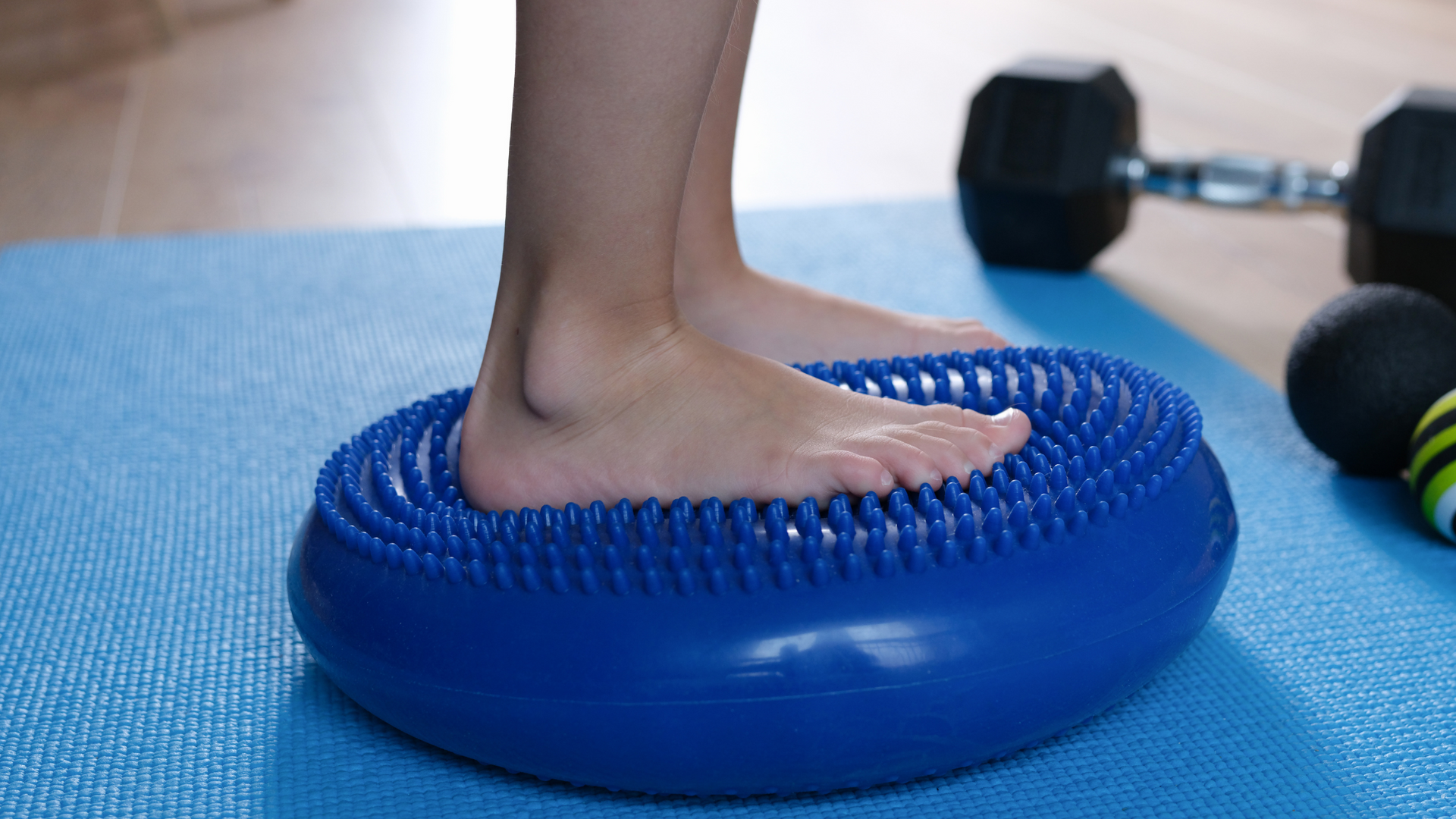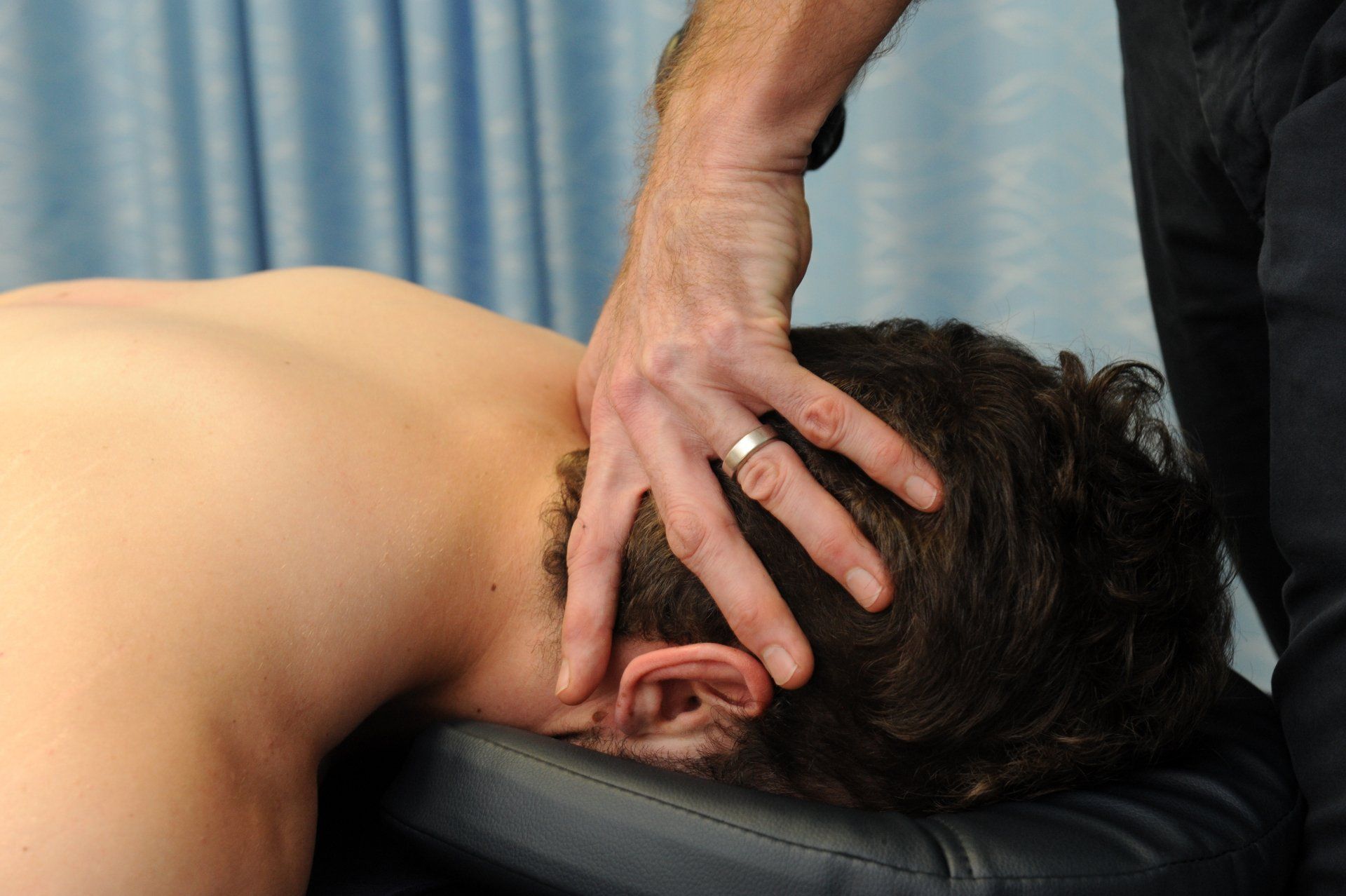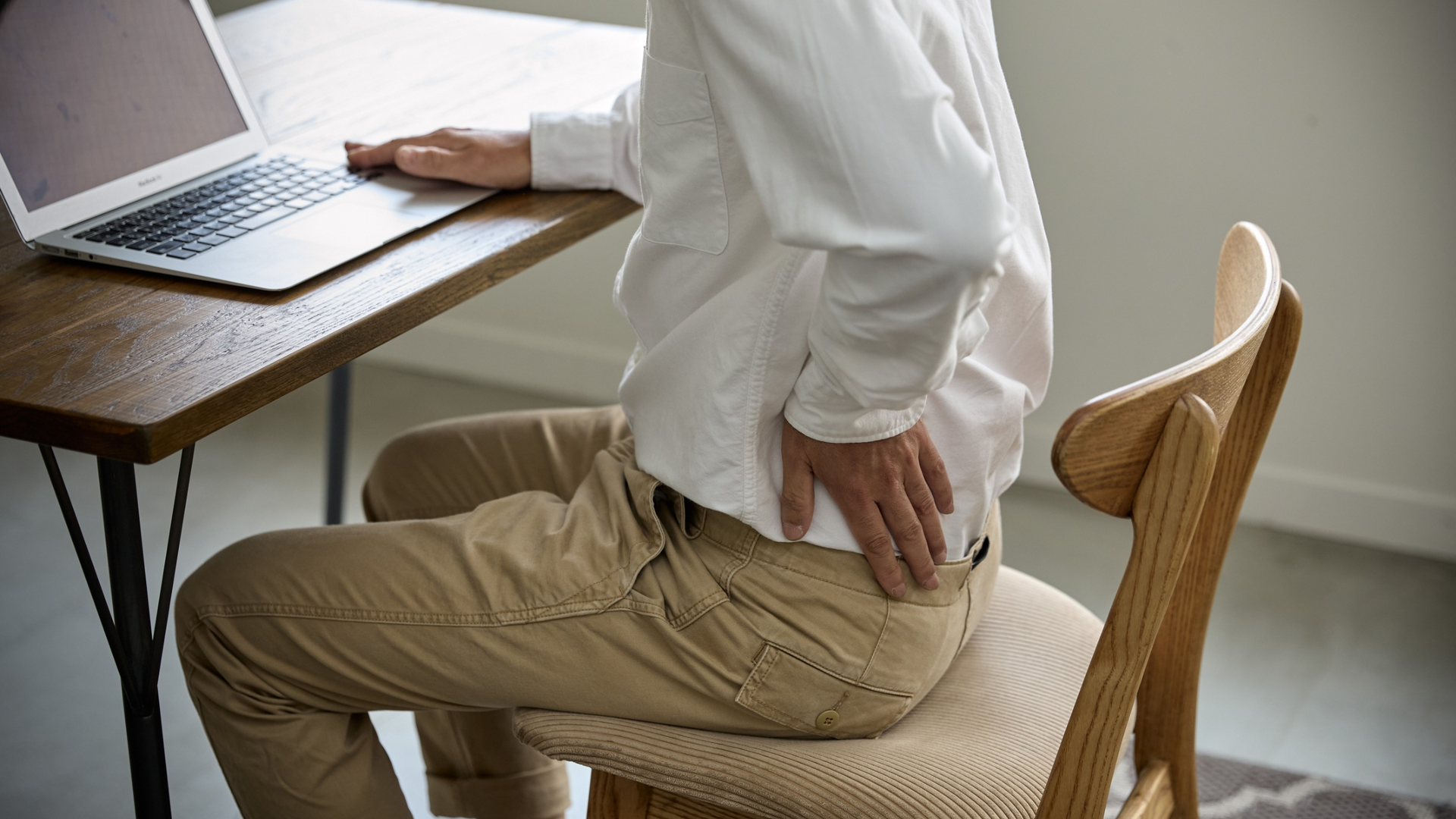The Foot - Jones Fracture
If you've injured your foot, early assessment is crucial to avoid a poor outcome.

A Jones fracture is a specific type of fracture that occurs at the metaphyseal-diaphyseal junction of the fifth metatarsal, approximately 1.5 cm distal to the tuberosity. This fracture is notorious for its high risk of nonunion and delayed healing due to the limited blood supply in this region. Proper diagnosis and management are crucial to ensure optimal recovery and prevent complications.
Anatomy 101
The fifth metatarsal is one of the five long bones in the foot, located on the lateral side. It consists of a base, shaft, neck, and head. The Jones fracture specifically occurs at the metaphyseal-diaphyseal junction. This region is biomechanically significant because it represents a transition between spongy (cancellous) bone and dense (cortical) bone.
It is also a watershed area with limited blood supply, which explains the increased risk of delayed union or non-union.
The peroneus brevis tendon attaches to the base of the fifth metatarsal, and the lateral band of the plantar fascia inserts nearby, both of which can influence the mechanics and healing of fractures in this region. Understanding the anatomy of this bone and its vascularity is essential for differentiating a Jones fracture from other fifth metatarsal injuries and for determining the most appropriate management plan.
Who gets it?
Jones fractures are relatively common, particularly among athletes and individuals engaged in high-impact activities. They account for a significant proportion of fifth metatarsal fractures. The incidence is higher in younger, active populations, with a notable prevalence in sports such as basketball, soccer, and running, where repetitive stress and acute trauma are common. While they can occur in the general population after an awkward twist or fall, younger adults and athletes are at higher risk. Because of their higher rate of complications compared with other metatarsal fractures, Jones fractures are an important condition for clinicians, coaches, and patients to recognise early.
Diagnosing Jones Fractures
Diagnosis of a Jones fracture typically involves a combination of clinical evaluation and imaging. Patients often present with pain and swelling on the lateral aspect of the foot, exacerbated by weight-bearing activities. Physical examination may reveal tenderness at the base of the fifth metatarsal.
Clinicians must distinguish a Jones fracture from an avulsion fracture (closer to the tuberosity) or a stress fracture (further along the shaft), as management differs.
History taking is key—acute fractures are linked to trauma, while stress-related fractures develop more gradually. Functional testing, such as walking or hopping, may be painful or impossible. Because of the risk of misdiagnosis, clinical suspicion should be confirmed by appropriate imaging to avoid delays in treatment.
Do I need a scan?
Initial imaging for a suspected Jones fracture includes standard foot radiographs (anteroposterior, lateral, and oblique views). These views help confirm the diagnosis and assess the fracture's location and displacement. The fracture line is usually transverse and located at the metaphyseal-diaphyseal junction. In some cases, advanced imaging such as MRI or CT may be warranted to assess for complications like nonunion or to evaluate the extent of the injury. In cases where the diagnosis is uncertain or complications are suspected, MRI or CT scans can provide detailed information on the fracture and surrounding soft tissues, aiding in comprehensive management planning.
Treatment
The treatment of Jones fractures can be either nonoperative or operative, depending on the patient's activity level, fracture type, and risk factors for nonunion. Nonoperative management typically involves immobilization in a non-weight-bearing cast or boot for 6-8 weeks, followed by gradual weight-bearing as tolerated. This approach is often reserved for less active individuals or those with type I fractures according to the Torg classification.
Strict adherence is crucial, as premature loading can delay healing.
Operative treatment is generally preferred for athletes and active individuals due to the higher union rates and quicker return to activity. Intramedullary screw fixation is the standard surgical technique, providing stable fixation and promoting early mobilization. Plate fixation is another option, though less commonly used. Postoperative protocols may include early weight-bearing in a controlled ankle motion boot, with a gradual transition to regular shoes and activities.
Adjunctive measures such as physiotherapy, gradual strengthening, balance training, and footwear modifications support recovery and reduce reinjury risk.
Patient education is vital — smoking, poor nutrition, and early return to activity can all compromise healing outcomes. Regular follow-up ensures the fracture is uniting as expected.
How long’s it going to take?
The prognosis for Jones fractures varies based on treatment modality and patient factors. Nonoperative management typically results in healing within 10-12 weeks, though the risk of nonunion is higher. Operative treatment, particularly with intramedullary screw fixation, often leads to faster healing, with most patients returning to full activity within 8-12 weeks. However, complications such as refracture and delayed union can occur, necessitating careful follow-up.
The Take Home
A Jones fracture is a specific and clinically significant injury of the fifth metatarsal with a known risk of poor healing. Jones fractures require prompt and accurate diagnosis, with treatment tailored to the patient's activity level and fracture characteristics. While nonoperative management is suitable for some, surgical fixation is often preferred in athletes to ensure quicker and more reliable healing. Close monitoring and appropriate rehabilitation are essential to optimize outcomes and prevent complications.
Injured your foot and want to get it sorted? Give us a call.
At Movement for Life Physiotherapy, we can assess your foot and identify whether the you have a Jones fracture, avulsion fracture, or if something else is causing your pain. With a clear diagnosis and tailored management plan, we’ll help get you back on your feet sooner.
📞 Call us now or click BOOK AN APPOINTMENT to book online.
References
- Açak, M. (2020). The effects of individually designed insoles on pes planus treatment. Scientific Reports, 10(1), 19715.
- Blasimann, A., Nötzli, A., Schaffner, L., & Baur, H. (2015). Non-surgical treatment of pes planovalgus associated pain—a systematic review. Physiotherapy, 101, e130-e131.
- Hakeem, W. & Rashid, F. (2024). Flat feet and bone health: An orthopedic review of impacts on long-term musculoskeletal health and management strategies. International Journal of Orthopaedics Sciences, 10(3): 295-307. DOI: https://doi.org/10.22271/ortho.2024.v10.i3d.3655
- Raj MA, Tafti D, Kiel J. Pes Planus. (2025). In: StatPearls [Internet]. Treasure Island (FL): StatPearls Publishing; 2025 Jan-. Available from: https://www.ncbi.nlm.nih.gov/books/NBK430802/
- Rodriguez, N., Choung, D. J., & Dobbs, M. B. (2010). Rigid pediatric pes planovalgus: conservative and surgical treatment options. Clinics in podiatric medicine and surgery, 27(1), 79-92.
- Şahin FN, Ceylan L, Küçük H, Ceylan T, Arıkan G, Yiğit S, Sarşık DÇ, Güler Ö. Examining the Relationship between Pes Planus Degree, Balance and Jump Performances in Athletes. Int J Environ Res Public Health. 2022 Sep 15;19(18):11602. doi: 10.3390/ijerph191811602. PMID: 36141874; PMCID: PMC9517403.
- Salinas-Torres, V. M., Salinas-Torres, R.A., Carranza-García, L. E., Herrera-Orozco, J., Tristán-Rodríguez, J.L. (2023). Prevalence and Clinical Factors Associated with Pes Planus Among Children and Adults: A Population-Based Synthesis and Systematic Review. The Journal of Foot and Ankle Surgery, 62 (5), 899-903. https://doi.org/10.1053/j.jfas.2023.05.007.
- Turner, C., Gardiner, M. D., Midgley, A., & Stefanis, A. (2020). A guide to the management of paediatric pes planus. Australian journal of general practice, 49(5), 245-249.
- Unver, B., Erdem, E. U., & Akbas, E. (2019). Effects of short-foot exercises on foot posture, pain, disability, and plantar pressure in pes planus. Journal of sport rehabilitation, 29(4), 436-440.








